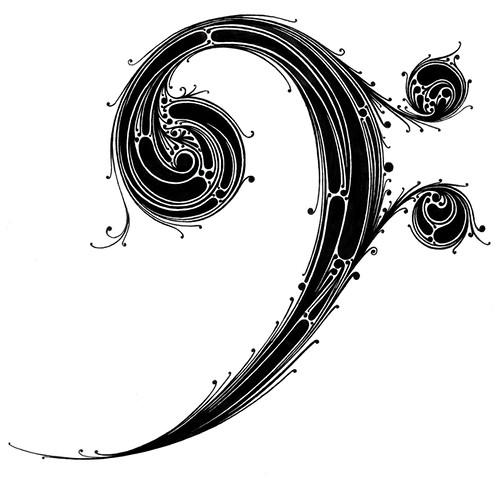The Consiglieri wrote:Absolutely fair, and absolutely reasonable, I just tend to view Crowder as #2 in tier 2 to be a flaw, and something well and truly bizarre. I can't remember pretty much anytime ever (maybe that all world awful '00 draft?) where a guy that was rated 30something by the scouts was actually the 2nd best player in the draft.
Don't know about 2nd best player, but Arenas, Boozer, Tayshaun Prince, Josh Howard, Paul Millsap -- these are guys who went late 1st or in the 2nd round and turned out to be quality pros. That's just off the top of my head.
Never heard of anything like that. For sure have seen guys selected in the 20's, and sometimes in round 2 that ended up being a top 5-10 guy in there draft, it happens every once in a while, but never seen something that crazy, and usually its for an odd reason, like Ginobli and Parker being such huge values because foregin scouting was in its infancy and incredibly flawed back then compared to now (as detailed in a grantland article yesterday).
I'm not counting guys like that. I haven't even incorporated international players into YODA yet.
Hope it doesnt come across as insulting, I just think there's something screwy in it, but i understand because sometimes it just happens when you crunch numbers. I remember last year when I was setting up my draft board for fantasy football every single time I crunched the numbers Shady McCoy came up #2 on my board, and I found myself doing a short bus version of Einstein's tweaking of gravity (or whatever it was) to tweak the #'s to get my eval of McCoy in line w/the consensus, but nothing freaking worked. In flex PPR leagues my #'s said he was the #2 RB, even though every seeming expert out there had him in a separate tier entirely, or two tiers back, and rated somewhere between 6th-early 2nd round (a huge deal in fantasy football, where sorting out the first round can be key to you avoiding a disastrous season with a blown choice). As it turned out, McCoy ended up finishing 2nd just as I predicted, and the #'s I'd put together were right. There was speculation involved, looking at McCoy's previous #'s, Westbrook's #'s early in his prime, and projecting how much utility Philly would get out of McCoy's very westbrook like skill set. Now of course I blew other calls and wasn't even able to utilize that knowledge because McCoy was kept in the keeper leagues I was playing in, and unavailable at the non-keeper league slots I landed (#2 in one league, where I took Ray Rice who I had rated #1, and in the other leagues I ended up picking 9th and 10th, and he was gone at that point), but it's an important point. Sometimes the numbers are right, and we simply refuse to believe them because the white noise of consensus distracts us.
What could possibly be insulting about calling my project "screwy"?

No offense taken. This is an interesting project for me. I think I'm onto something with it. The process seems to get a lot right. It's still a work in progress.
This was the case last year w/guys like Faried who CCJ, and really the whole board loved, and considered a top 10 talent, but who NBA GM's simply couldn't conceive of being that good due to perceived limits in his offensive game, and the weak quality of opposition (a huge issue that can effect Yoda, and any metrics analysis in my view, the caliber of opponents dramatically distorts a players production, and how can you account for those issues effectively when the difference between playing in the Big East or ACC is 10000 times different than playing in the WAC, Pac-10 or MAC).
I agree that quality of opposition is important, which is why it's a significant part of YODA. The difference between the Big East isn't 10,000 times different than playing in the MAC, but it's significant.
And, by the way, Crowder played in the Big East. Marquette played one of the toughest schedules in college basketball this season.





















